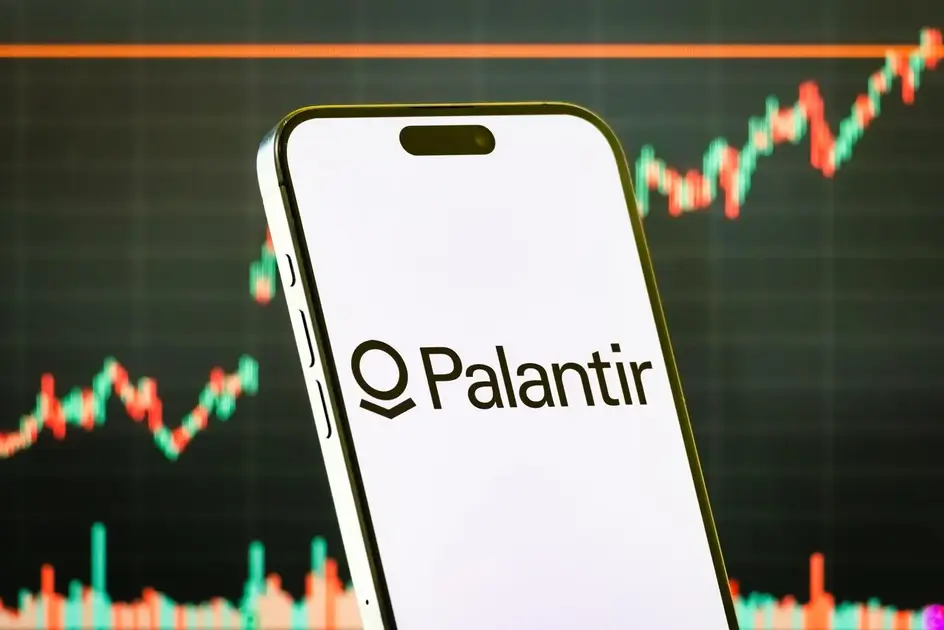T4K3.news
AI stock valuations scrutinized
Analysts warn that current AI stock prices may not be supported by long term earnings growth and that a market pullback could occur if growth slows.

A cautious look at how AI stock valuations echo the dotcom era and what it means for investors today.
AI Stock Hype Meets Dotcom Caution
AI driven gains have pushed a large swath of tech higher, with Nvidia leading the charge. The S&P 500 trades around 30 times earnings, the Nasdaq 100 around 33 times, and several AI focused names carry eye catching premiums. Palantir has surged in weeks past, while Broadcom and other chipmakers ride a wave of momentum. Apple remains a heavy weight in fundamental indexes, and a shift toward weighted strategies like RAFI has drawn attention to how concentrations can differ from cap based benchmarks.
Investors and analysts point to history for clues. The dotcom era showed valuations can outpace reality for stretches of time, and then prices adjusted to match earnings power. Rob Arnott, founder of Research Affiliates, argues that bubbles burst when the growth story becomes unrealistically optimistic and margins erode under competition. Other experts say momentum, not just earnings, is driving today’s prices, making a soft landing less assured than the headline numbers suggest.
Key Takeaways
"Bubbles burst not because the story is completely wrong, but because around the margins the story is wrong."
Arnott on why over time growth stories can turn risky
"When a company starts losing momentum and starts losing trend, right at that change point, you want to be moving on."
Prentice on selling signals amid momentum shifts
"Moats protect you for a couple years, but not forever."
Arnott on the limits of durable competitive advantages
"Investors chase top prices and hope for a soft landing."
Stack on investor psychology in a buoyant market
The piece highlights a structural risk in a market that is increasingly tech heavy. When a few names drive most gains, even good businesses can end up overvalued if growth slows or demand shifts. The RAFI approach offers a reminder that fundamentals like sales, cash flow and dividends can temper overexposure to the market’s latest fad. Yet the reality is complex: AI may still transform industries, and valuations could persist if earnings keep growing. The broader question is whether investors are pricing in too much certainty about uninterrupted progress. That tension between story and reality shapes the investment landscape and invites prudent caution.
Highlights
- Bubbles burst not because the story is completely wrong, but because around the margins the story is wrong.
- When momentum shifts, you want to be moving on.
- Moats protect you for a while, not forever.
- Investors chase top prices and hope for a soft landing.
High valuations and market concentration pose risk
The AI rally concentrates ownership in a handful of names and sustains expensive multiples that may not be justified by fundamentals. A disappointment in earnings or a broader macro shock could trigger a sharp re-pricing and affect retail and institutional investors alike.
Market cycles rarely announce themselves with a bow. They arrive quietly and leave with a jolt.
Enjoyed this? Let your friends know!
Related News

AI stocks spark cautious talk among investors

Tariffs Aren't Wall Street's Only Worry

Trump backed crypto firm hits Nasdaq

StubHub IPO Opens Higher

Palantir Stock Alert

AI stock rally signals potential bubble

OpenAI Plans Secondary Stock Sale for $500 Billion Valuation

Palantir stock slides amid AI rally cooldown
